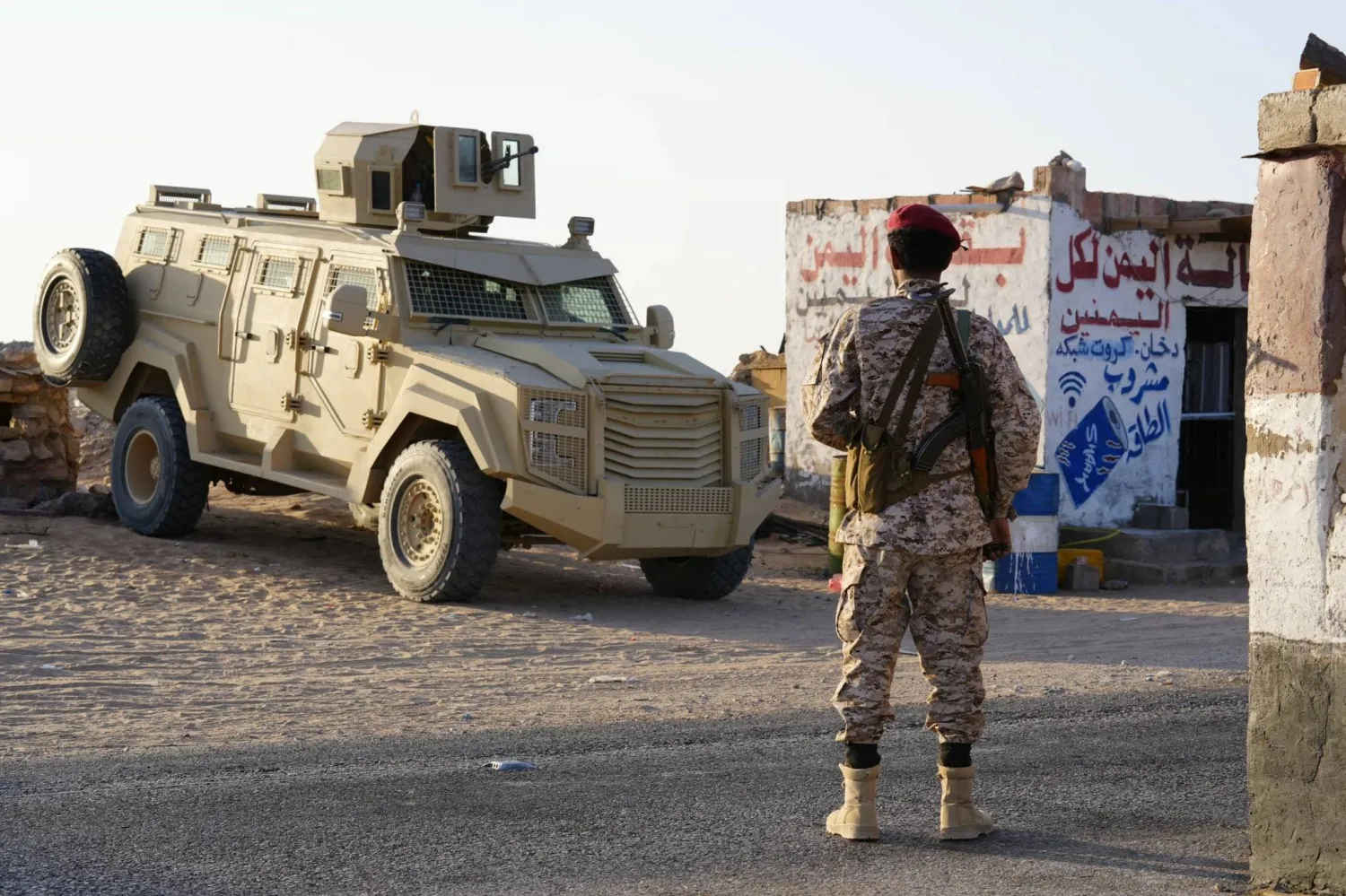The head of the World Health Organization, Tedros Adhanom Ghebreyesus, has said that 24 cases of Hepatitis A have been confirmed in the Gaza Strip.
“There are several thousand people with jaundice presumably also due to Hepatitis A,” Ghebreyesus posted on his X platform.
“The inhumane living conditions - barely any clean water, clean toilets and possibility to keep the surroundings clean - will enable Hepatitis A to spread further.”
He added, “The capacity to diagnose diseases remains extremely limited. There is no functioning laboratory. The capacity to respond remains limited too. We continue to call for unimpeded and safe access of medical aid and for health to be protected.”
What is Hepatitis A?
“Hepatitis A is an inflammation of the liver caused by the hepatitis A virus (HAV). The virus is primarily spread when an uninfected (and unvaccinated) person ingests food or water that is contaminated with the feces of an infected person. The disease is closely associated with unsafe water or food, inadequate sanitation, and poor personal hygiene,” according to the WHO website.
“Unlike hepatitis B and C, hepatitis A does not cause chronic liver disease but it can cause debilitating symptoms and rarely fulminant hepatitis (acute liver failure), which is often fatal. WHO estimates that in 2016, 7134 persons died from hepatitis A worldwide (accounting for 0.5% of the mortality due to viral hepatitis).
Hepatitis A occurs sporadically and in epidemics worldwide, with a tendency for cyclic recurrences. Epidemics related to contaminated food or water can erupt explosively, such as the epidemic in Shanghai in 1988 that affected about 300,000 people. They can also be prolonged, affecting communities for months through person-to-person transmission. Hepatitis A viruses persist in the environment and can withstand food production processes routinely used to inactivate or control bacterial pathogens.”
The website adds, "Almost everyone recovers fully from hepatitis A with a lifelong immunity,” and that “several injectable inactivated hepatitis A vaccines are available internationally.”
“The incubation period of hepatitis A is usually 14–28 days. Symptoms of hepatitis A range from mild to severe and can include fever, malaise, loss of appetite, diarrhea, nausea, abdominal discomfort, dark-colored urine, and jaundice (a yellowing of the eyes and skin). Not everyone who is infected will have all the symptoms. Adults have signs and symptoms of illness more often than children. The severity of disease and fatal outcomes are higher in older age groups. Infected children under six years of age do not usually experience noticeable symptoms, and only 10% develop jaundice.”









